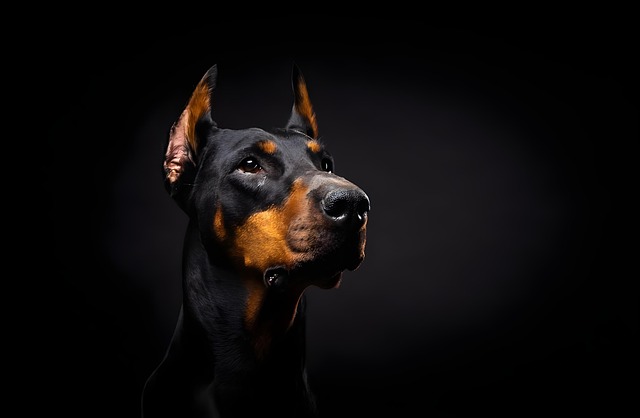
How to test for tetanus in dogs?
Tetanus in dogs often starts with subtle signs most owners miss—like a stiff jaw when grabbing a favorite chew toy or hesitation to climb stairs they once bounded up.
You're settled on your couch in a cozy Seattle apartment, ready to unwind after a long day. But your 5-month-old Labrador puppy, Max, has other plans. He's gnawing on your favorite slipper, his gums pink and swollen. Teething is a natural but challenging phase for puppies, and as a new dog owner in the US, you might be wondering, “What on earth can I give my teething puppy to chew on that won't end up in a destroyed shoe or a trip to the vet?” You're not alone. Many first-time pet parents in cities like New York and Austin grapple with the same question, trying to balance their puppy's need to chew with keeping their homes intact.
Puppies start teething around 3 - 4 months as their 28 baby teeth begin to fall out, making room for 42 adult teeth. This process can last until they're 7 - 8 months old. Chewing provides relief for their sore, itchy gums, similar to how human babies seek out something to gnaw on when teething. It also helps strengthen their jaw muscles and develop proper oral hygiene habits. However, if left unchecked, puppies will chew on anything within reach, from furniture legs to electrical cords, which poses serious risks. A vet in Los Angeles once treated a puppy that swallowed a piece of a chewed-up plastic toy, requiring emergency surgery. So, providing the right chew items is crucial.
When it comes to choosing safe and suitable chew toys for your teething puppy, there are several excellent options. Rubber chew toys, like Kongs, are a top pick. You can fill them with peanut butter (make sure it's xylitol - free, as xylitol is toxic to dogs) or freeze - dried liver treats and then freeze them. The cold and the challenge of getting to the treat inside make it a fun and soothing activity for your pup. Another great choice is natural chews such as bully sticks. They're long - lasting, help clean teeth, and are made from 100% beef muscle. Just be sure to supervise your puppy while they're chewing to prevent them from swallowing large pieces. Soft fabric toys can also be appealing, especially those with different textures. A Boston terrier owner in Miami found that her puppy loved a plush toy with a knotted rope attached, as it gave him something different to bite on.
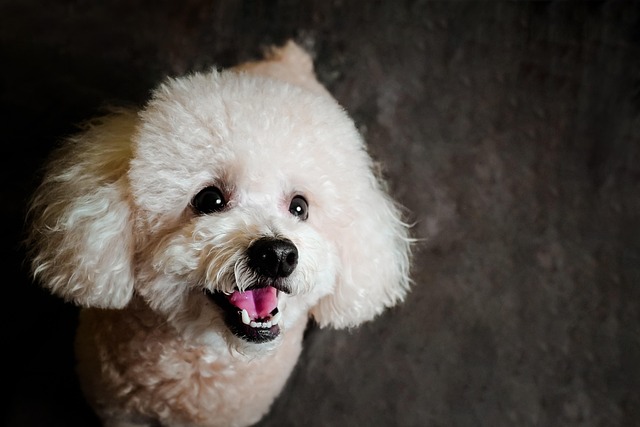
For apartment dwellers, it's important to consider noise. Some hard plastic chew toys can make a lot of racket when dropped on hardwood floors, which might annoy neighbors. Look for softer rubber or fabric options that muffle the sound. When out in public, keep your puppy on a leash (required by law in most US cities, like Denver) and carry poop bags, as a distracted puppy with a new chew toy might forget their bathroom manners.
In the US and Europe, positive reinforcement is the cornerstone of pet training. Instead of scolding your puppy when they chew on something inappropriate, gently redirect them to an acceptable chew toy and praise them when they use it. For example, if you catch Max eyeing your laptop charger, give him a chew toy and say “good boy” when he takes it. Punishing your puppy can create fear and anxiety, which may lead to more behavioral issues down the road.
In conclusion, finding the right things for your teething puppy to chew on is all about safety, variety, and positive reinforcement. By providing a range of suitable chew toys, you can help your puppy through this uncomfortable phase while keeping your home and your puppy safe. Remember, a well - chewed toy today means a well - behaved dog tomorrow.

Tetanus in dogs often starts with subtle signs most owners miss—like a stiff jaw when grabbing a favorite chew toy or hesitation to climb stairs they once bounded up.
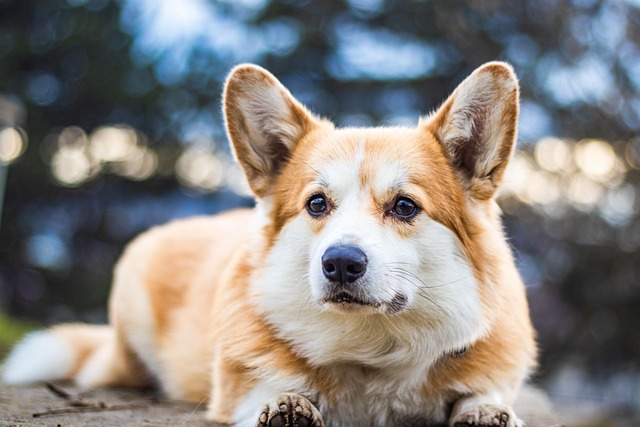
If you’re a new dog parent in the US—maybe you’re standing in your Ohio apartment’s pet store aisle, holding a bag labeled “senior dog food” while your 8-year-old Dachshund
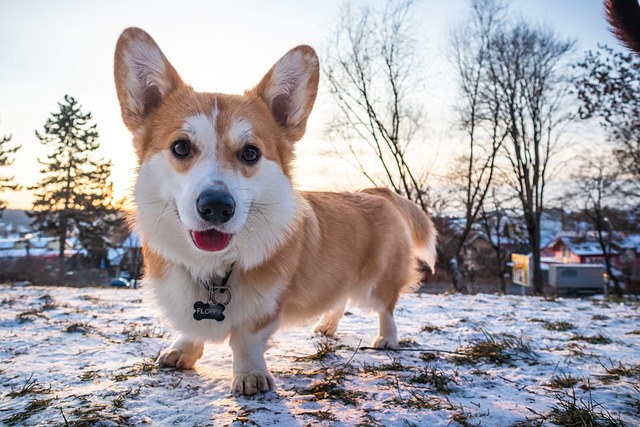
If you’re a new dog parent to a senior pup in the US—maybe you’re standing in your Florida apartment’s pet food aisle
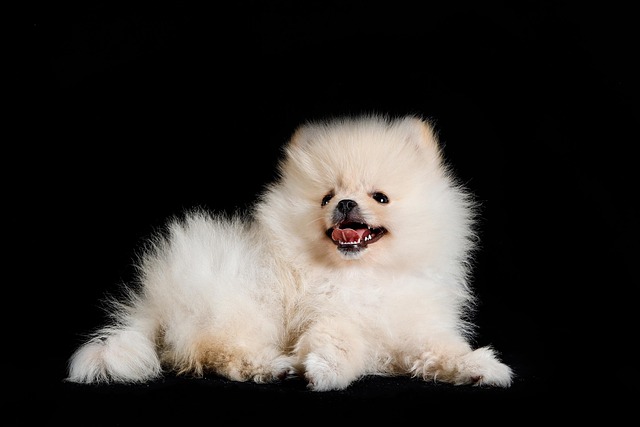
Pet owners often worry about hidden health risks for their dogs, and toxoplasmosis is one that flies under the radar for many—understanding how dogs pick it up is key to keeping them safe.
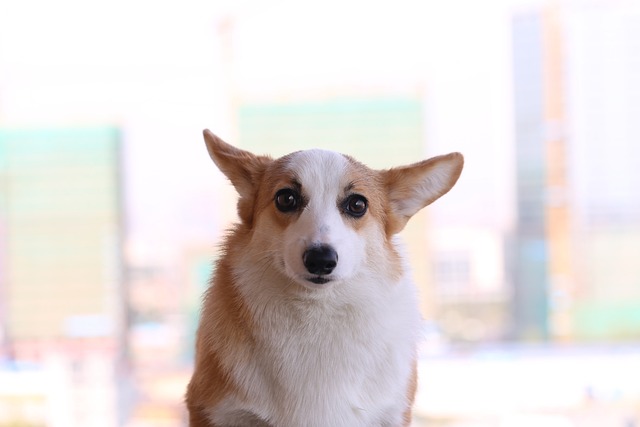
If you’re a new dog parent in the US—maybe you’re standing in your Chicago apartment, staring at your 7-month-old Poodle mix, Bella
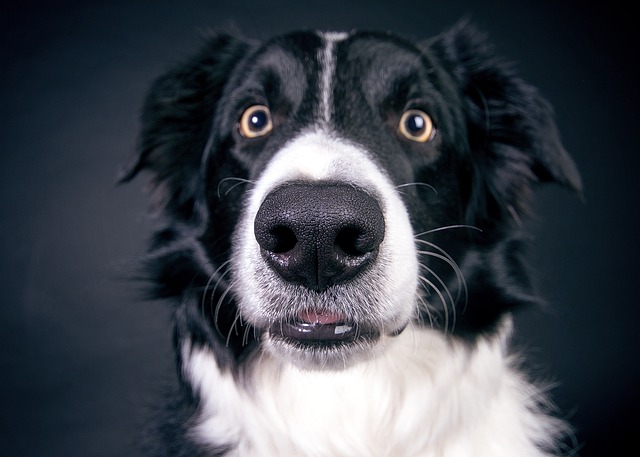
Tetanus in dogs comes from bacteria entering open wounds—think a deep cut from a rusty fence nail during a walk, or a scraped paw from digging in contaminated soil.